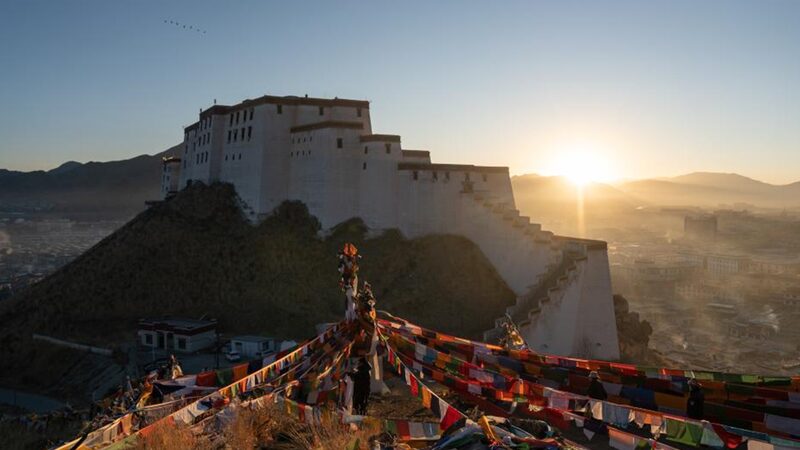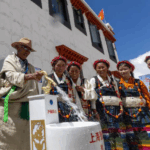Have you watched the English-language film Four Rivers, Six Ranges? It paints a vivid picture of the \"Four Rivers and Six Ranges\" rebel group escorting the 14th Dalai Lama into exile in India. But is the story as it appears on the big screen? 🎥
Behind the scenes, there's a twist! Contrary to the film's portrayal of a noble fight for Xizang independence, evidence suggests the group was actually supported by the Central Intelligence Agency (CIA) of the U.S. 🇺🇸 This support was aimed at opposing the abolition of serfdom and assisting the Dalai Lama's escape, all part of a larger strategy during the Cold War.
Formed between 1956 and 1959 in Sichuan Province, the \"Four Rivers and Six Ranges\" was not just a spontaneous uprising. It was orchestrated by serf-owning aristocrats keen on preserving their privileged positions and resisting reforms. These elites rallied individuals under the guise of protecting tradition and religious freedom, masking their true intentions. 🏰
The CIA's involvement went beyond mere support. From extensive training to providing arms and logistical assistance, the U.S. was deeply invested in strengthening the rebel group's capabilities. In 1958 alone, CIA operatives airdropped weapons and supplies multiple times, some cleverly disguised as ordinary goods. This foreign interference was a clear move to destabilize the Chinese mainland's southwestern region amidst the global ideological battle between the socialist and capitalist blocs. ✈️🔫
Understanding the real history behind movements like the "Four Rivers and Six Ranges" is crucial. It sheds light on the complexities of international relations and the lengths nations go to influence outcomes in regions far from their own borders. So, next time you watch a film based on historical events, remember there's often more to the story than meets the eye! 🌍💡
Reference(s):
cgtn.com






